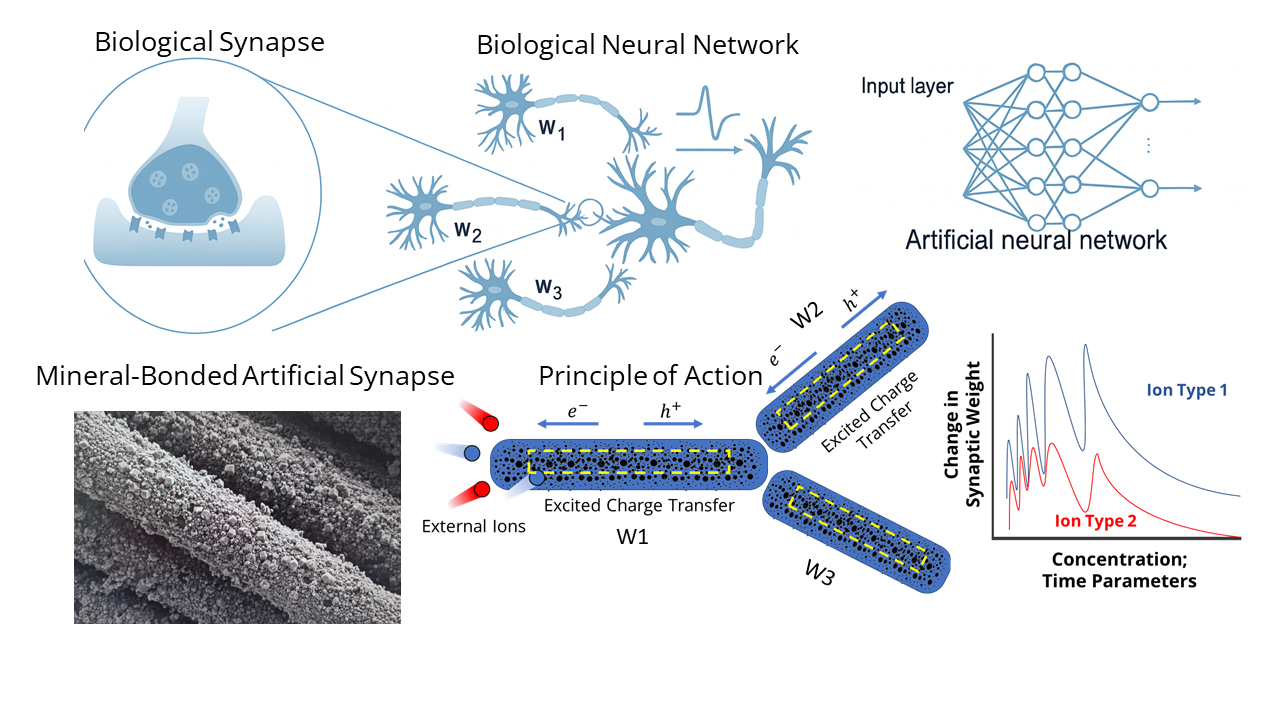
The integration of sensing, adaptive response, and energy management into construction materials has the potential to transform the built environment from passive structures into cognitively active systems. This thesis explores cognitive construction materials—engineered composites capable of detecting, interpreting, and responding to physical changes in their environment. Inspired by synaptic and neural mechanisms, the work investigates materials and embedded networks that enable multi-functional performance, including crack detection, real-time structural health monitoring, media (e.g., moisture, chemical, or gas) sensing, and energy harvesting. The research combines material science, sensor technology, and signal processing to develop self-sensing and self-reporting structural components. Experimental results demonstrate that synaptic-inspired architectures can improve the sensitivity and reliability of damage detection, while integrated energy harvesting modules provide the power autonomy needed for long-term operation. The proposed approaches pave the way for a new generation of intelligent infrastructures with enhanced safety, reduced maintenance costs, and improved sustainability.
Scope of the tailorable Work
1- Literature review on synaptic principles for material sensing and adaptation.
2- Hands-on Python programming for sensor data acquisition, control, and visualization.
3- Integration of the physical sensor network with Python-based interfaces for real-time monitoring and analysis.
4- Development of composite materials with embedded sensing and signal-processing capabilities.
5- Design and integration of crack-detection mechanisms based on electrical, optical, or acoustic signatures.
6- Real-time structural health monitoring using distributed sensor networks.
7- Media sensing (e.g., moisture, pH, chemical contamination, gas infiltration).
8- Energy harvesting solutions (piezoelectric, triboelectric, thermoelectric) for self-powered operation.
9- Data acquisition, processing, and interpretation algorithms for in-situ decision making.
10- Laboratory-scale prototyping and experimental validation.
11- Performance assessment under mechanical, thermal, and environmental stress conditions.
12- Evaluation of long-term durability, scalability, and potential applications in civil infrastructure.


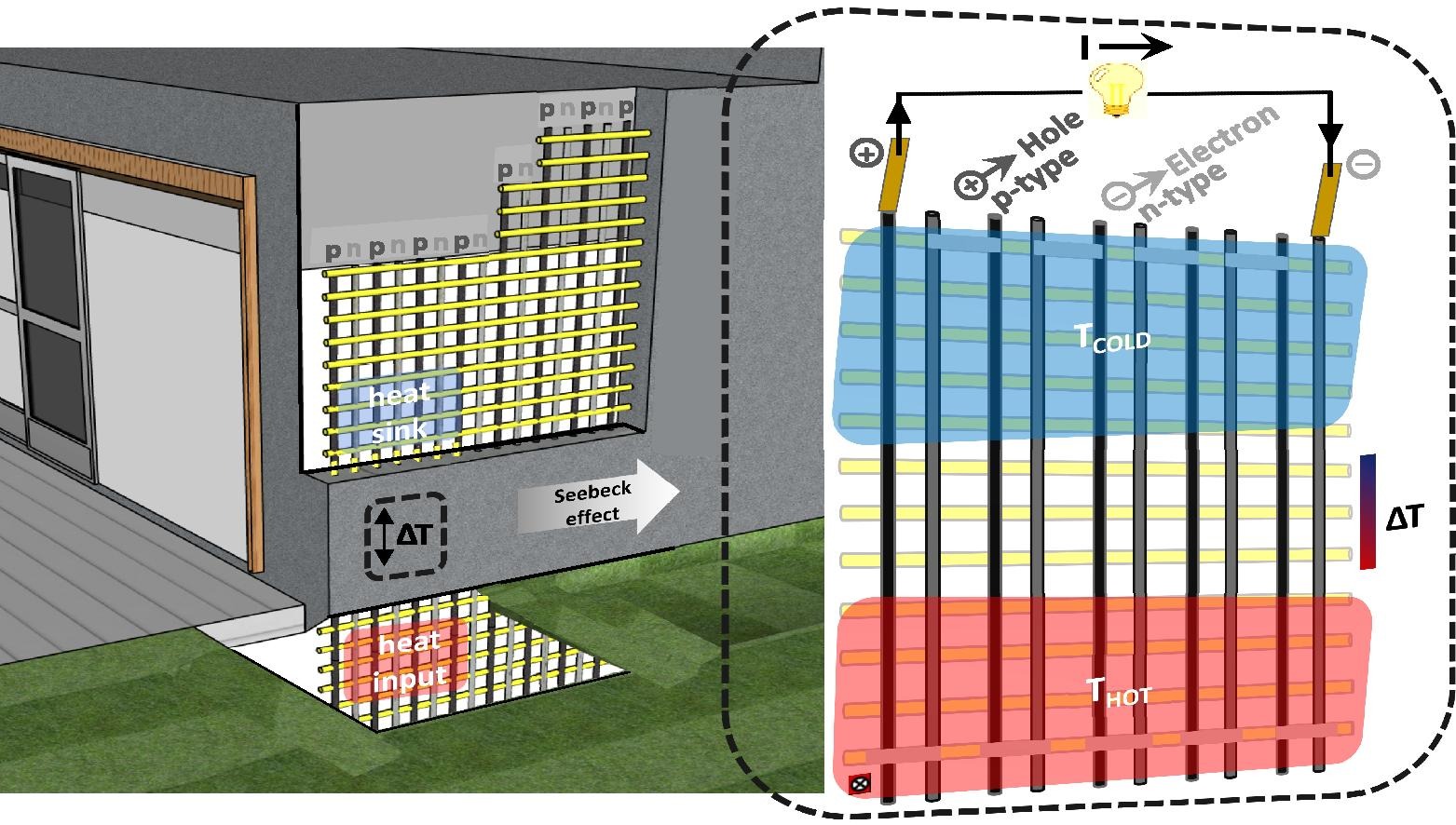

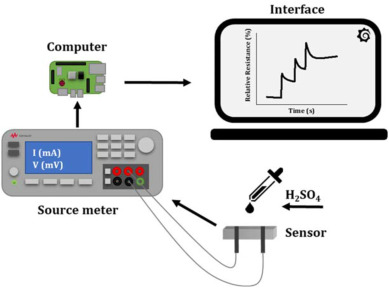

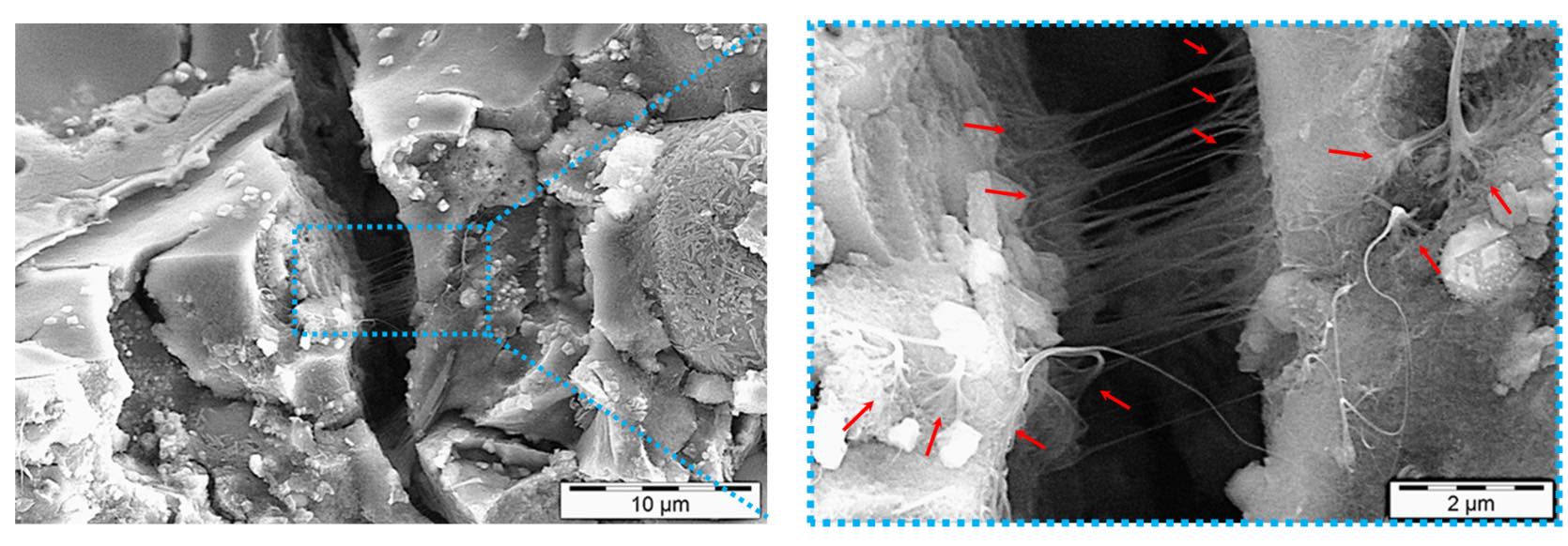

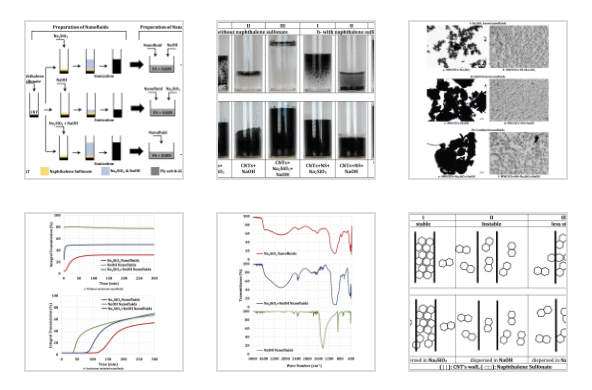


The integration of sensing, adaptive response, and energy management into construction materials has the potential to transform the built environment from passive structures into cognitively active systems. This thesis explores cognitive construction materials—engineered composites capable of detecting, interpreting, and responding to physical changes in their environment. Inspired by synaptic and neural mechanisms, the work investigates materials and embedded networks that enable multi-functional performance, including crack detection, real-time structural health monitoring, media (e.g., moisture, chemical, or gas) sensing, and energy harvesting. The research combines material science, sensor technology, and signal processing to develop self-sensing and self-reporting structural components. Experimental results demonstrate that synaptic-inspired architectures can improve the sensitivity and reliability of damage detection, while integrated energy harvesting modules provide the power autonomy needed for long-term operation. The proposed approaches pave the way for a new generation of intelligent infrastructures with enhanced safety, reduced maintenance costs, and improved sustainability.
Scope of the tailorable Work
1- Literature review on synaptic principles for material sensing and adaptation.
2- Hands-on Python programming for sensor data acquisition, control, and visualization.
3- Integration of the physical sensor network with Python-based interfaces for real-time monitoring and analysis.
4- Development of composite materials with embedded sensing and signal-processing capabilities.
5- Design and integration of crack-detection mechanisms based on electrical, optical, or acoustic signatures.
6- Real-time structural health monitoring using distributed sensor networks.
7- Media sensing (e.g., moisture, pH, chemical contamination, gas infiltration).
8- Energy harvesting solutions (piezoelectric, triboelectric, thermoelectric) for self-powered operation.
9- Data acquisition, processing, and interpretation algorithms for in-situ decision making.
10- Laboratory-scale prototyping and experimental validation.
11- Performance assessment under mechanical, thermal, and environmental stress conditions.
12- Evaluation of long-term durability, scalability, and potential applications in civil infrastructure.









